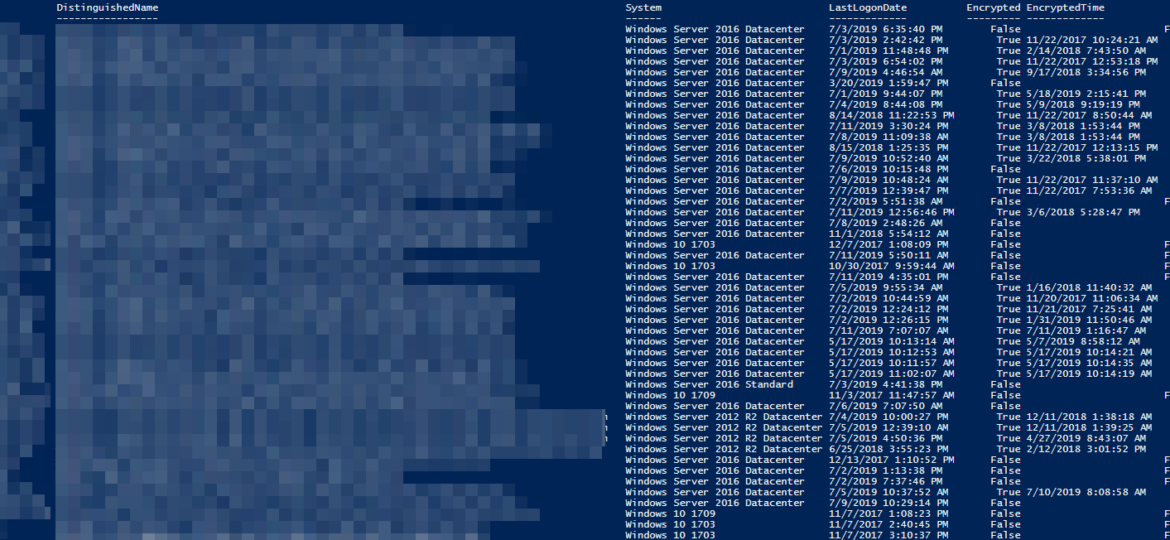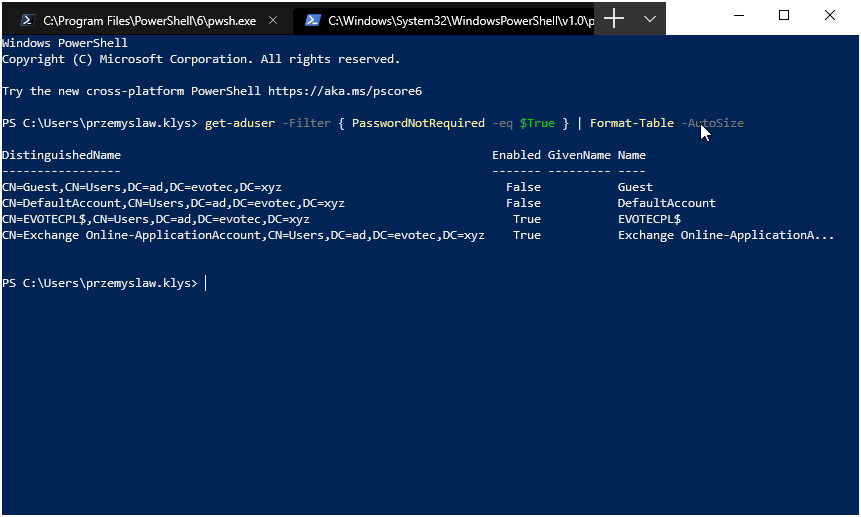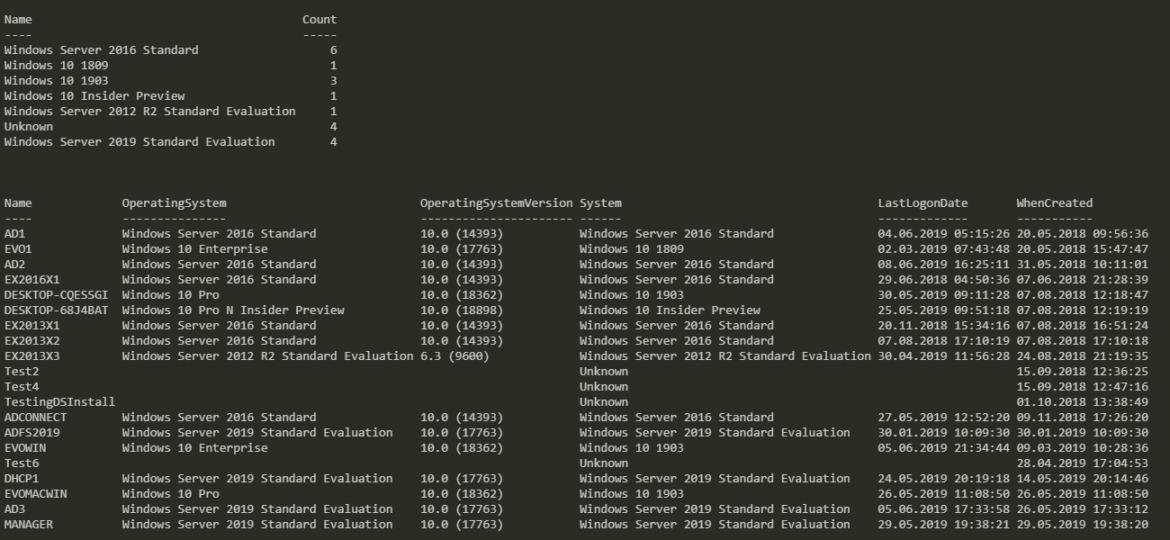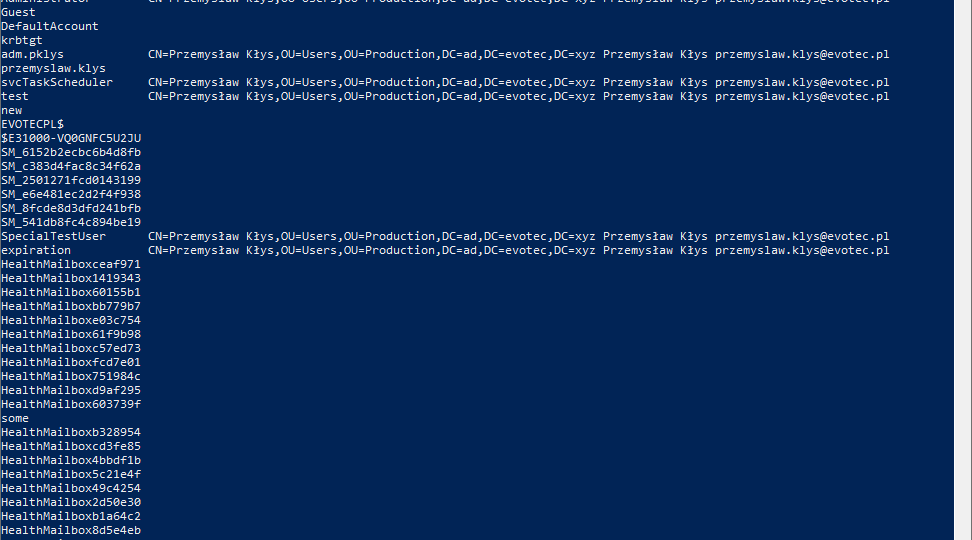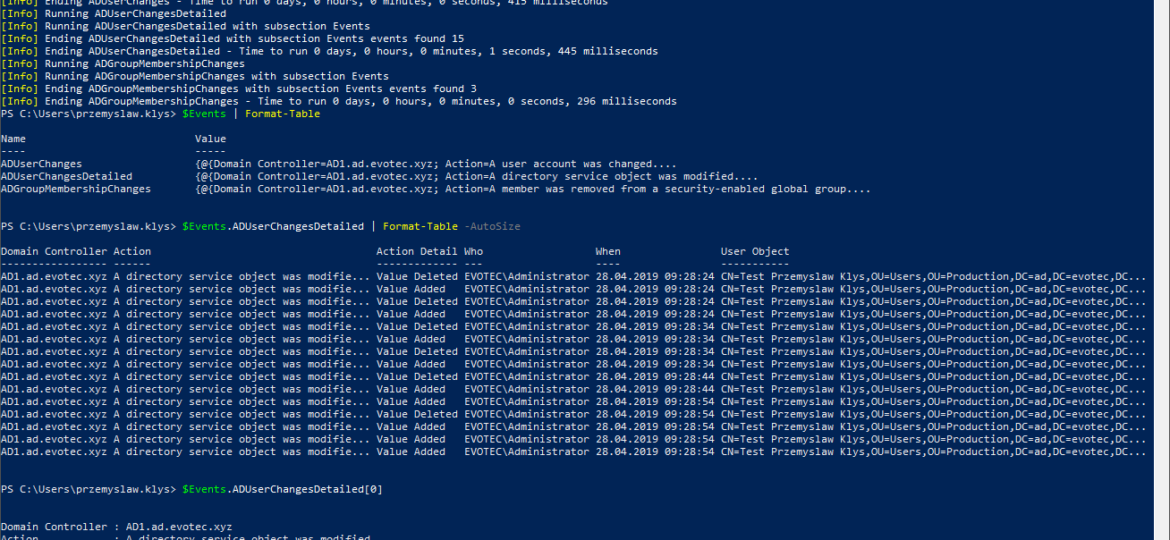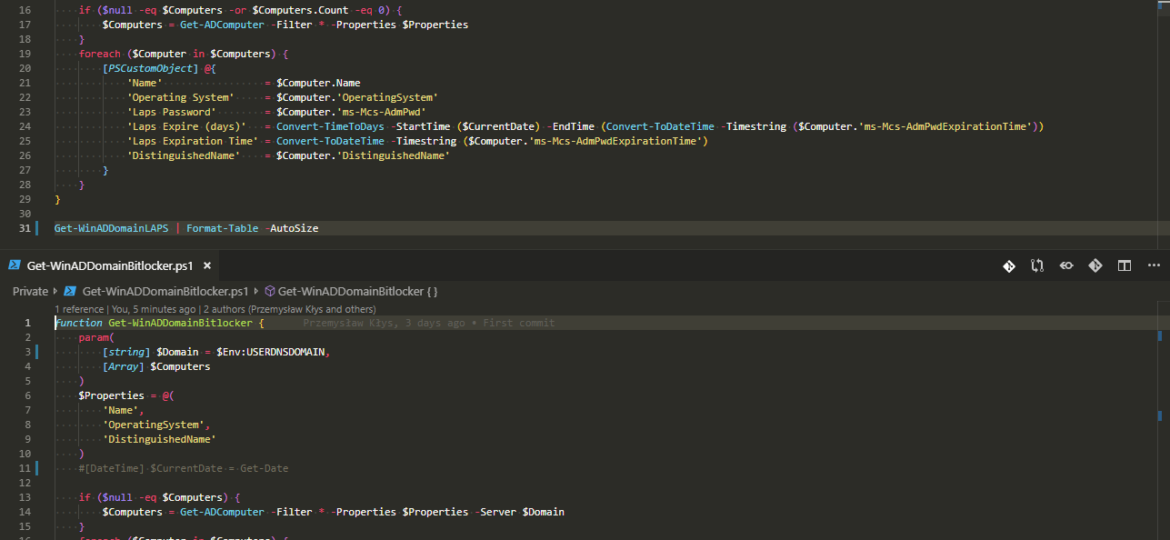One of the common ways to connect to Active Directory is thru LDAP protocol. There are a lot of applications that talk to AD via LDAP. By default Active Directory has LDAP enabled but that’s a bit insecure in today’s world. That’s where LDAPS comes in. It’s not easy to set up, but when you get it done, it works. The problem I had recently is that while setting up LDAPS on DC’s I only did this on some of the DC’s, and not all of them as I should.
active directory
In Active Directory when you change something, it’s replicated to other Domain Controllers regularly. It’s a standard procedure that happens automatically in the background for you. It’s a handy feature because you can have multiple DC’s all over the world and have your users data in sync. You can change almost anything on DC nearest to you and be sure it will be the same value all over the place. But is it always the same? Well, it should be unless it isn’t. Today I was given a new migration from Exchange to Office 365. I started with ADConnect installation and wanted to make sure that UserPrincipalNames have all UPNSuffixes in place.
Having Bitlocker and LAPS in modern Active Directory is a must. But just because you enable GPO and have a process that should say Bitlocker and LAPS are enabled doesn’t mean much. Now and then you should verify things yourself. One of the Facebook users on PowerShell group just had this idea of exporting Bitlocker keys and then giving that list to his colleagues for manual verification. He wanted to do it half PowerShell and half manually. While the idea was great, why not take full advantage of PowerShell and have a helpful report with all the necessary information?
There was I, deploying PSPasswordExpiryNotifications for one of my Clients when I started getting complaints that some users are not getting their Password Expiry Notifications. Well, that’s a new one. I’ve tested this script multiple times, and it worked just fine. So I dive into the details of my script to see what I did in there (I don’t even remember anymore – it just works) to find out this little line:
Today I saw an article on how to get Windows Version Report from Active Directory and thought that this is a cool idea. Something handy for migration scenarios or information on how up to date is your infrastructure. Since there are many ways to do the same thing I decided to tackle this myself and further include it into PSWinDocumentation.AD project. By default Active Directory stores Operating System and Operating System Version but it doesn’t really show versions one may expect.
I’ve been using PowerShell for a long while now using Hashtables, OrderedDictionary, and other types of data types in PowerShell, but I never paid attention to how powerful those are. And I don’t mean your general knowledge about hashtables that is already covered by Kevin Marquette in his article Everything you wanted to know about Hashtables or my article PowerShell – Few tricks about HashTables and Arrays I wish I knew when I started. Let’s find out, how Powerful they are, shall we?
While the title of this blog may be a bit exaggeration, the command I’m trying to show here does it’s best to deliver on the promise. What you’re about to witness here is something I’ve worked on for a while now, and it meets my basic needs. If you don’t have SIEM product or products that monitor who does what in Active Directory this command makes it very easy, even for people who don’t have much experience in reading Event Logs. If you’d like to learn about working with Windows Event Logs here’s a great article I wrote recently – PowerShell – Everything you wanted to know about Event Logs and then some.
Having a modern, secure infrastructure in 2019 is a requirement. You should implement BitLocker to make sure that in the event of stolen laptop data is not readily extractable and implementing LAPS is a must in a fast changing IT world. But I’m not here to convince you to those two security features. I’m here to show you an easy way to backup LAPS and BitLocker. While having everything stored in Active Directory is excellent, things can get complicated when you don’t have access to your Active Directory, or you restore an older version of it. You see, LAPS, for example, keeps only last Administrator password. This is great and all but what happens if you restore the machine from backup from 6 months back? Your password has already changed multiple times. During our testing of DR scenarios, we wanted to access the computer via their local Administrator credentials and we just couldn’t because that password was already gone.
I’ve been testing Disaster Recovery scenario restoring Active Directory. One of the servers was restored, and it worked for a moment after restore. If you can regain your Primary DC, it’s best to do so. If you can’t, a standard thing to do during DR is to move all FSMO roles to the restored server so that it can become a master server. You can find out your FSMO holders by using those commands below:
Working as a freelancer is a great thing if you can handle it. Each day, each week something new happens and a new problem shows up on my doorstep. It also means it’s almost never boring at your job and you get to play with new stuff. But there’s one drawback to this. You’re often thrown at the problem, told to fix it but often that’s about as much information as you get. It wasn’t very different today. I was told to switch Office 365 from ADFS to Password Synchronization. While reasons for this are not really important, the important question here is what is the name of AD Connect server that’s responsible for this configuration?



